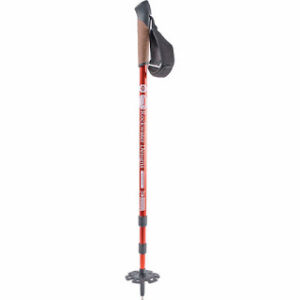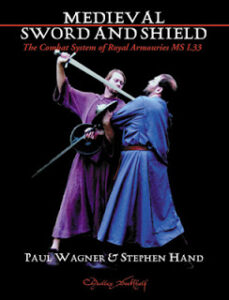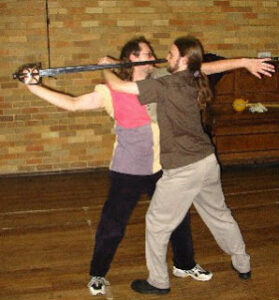I have covered firearm disarming techniques in my book. Obviously these are high risk techniques but if you are in a situation that may need them the alternatives are probably worse. A slim chance is better than no chance. The basic rule is “get out of the line of fire” and “control the weapon so you are do not re-enter the line of fire” Take the weapon or turn it against him if you can.
This post will cover some useful supplementary information on the workings of pistols that may be useful for defensive purposes.
If a pistol is single action it must be cocked before the first shot can be fired. For most pistols this involves pulling back the hammer with your thumb. For an automatic pistol the movement of the slide will recock the hammer for subsequent shots. For a single action revolver or other non-automatic the hammer must be manually cocked for each shot. In short, with a single action pistol the hammer must be back for the gun to fire. If it is not, then it cannot fire, no matter how hard you pull the trigger. Watch a few movies and you will often see someone threatened or supposedly ready to fire with a single action with the hammer down!
For a double action pistol pressure on the trigger will cock the hammer and then let it drop. Many double action automatics let you either cock the hammer manually or fire by double action for the first shot. For second and subsequent shots the hammer stays back. Some automatics are “double action only” (DAO). Many of these use internal strikers but some have external hammers and for these the hammer stays down after every shot. For a double action revolver the hammer stays down after every shot. The hammer can be manually cocked for single shots, which require less trigger pressure. In short, double action weapons can fire with either the hammer back or down.
How can you tell if a weapon is single or double action? There is no hard and fast rule if you cannot reliably identify the weapon. Most modern revolvers are double action, unless they are based on older weapons like the Colt Peacemaker. Automatics may be either single action or double action. If you have to use an unfamiliar weapon your best bet is to manually cock it for the first shot.
Let us look at some common examples:
Colt M1911A1 aka Colt Government Model. Its variants and copies are easilly recognizable and nearly all of them are single action automatics. The only exception I am aware of is some models of the Canadian Paraordinance pistols.
Browning Hi-power. One of the most widely produced handguns of all time. A single action automatic.
Colt Peacemaker. A single action revolver. Basic design is used for some modern weapons such as the Ruger Blackhawk.
Beretta M92. A double action automatic. Standard handgun of the US Army and widely used by other armies, police forces and individuals.

A SIG P226. A double action automatic. Like many modern pistols it looks a lot like the Browning High Power. Note position of the magazine eject button at the base of the trigger guard on this and the Beretta. The Browning and M1911A1 have ejects in the same place.
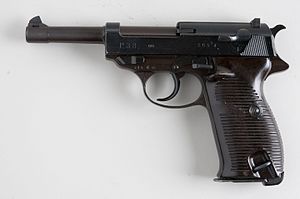
Walther P38. double action automatic. Has a heel-mounted magazine release.
Walther PPK. double action automatic. Heel-mounted magazine release. Many similar weapons exist, including the Russian Makarov pistol.
Smith and Wesson Model 10. Typical of a double action revolver.
A Glock pistol. A popular double action only automatic design. Note that it does not have an external hammer!
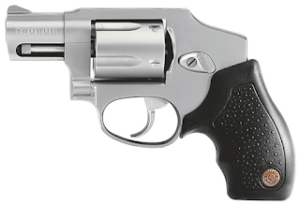
Taurus Revolver. An example of a hammerless double action only revolver.
As the hammer of a revolver moves back, either by manual cocking or trigger pressure, the cylinder is turned by a mechanical linkage. The chamber that is in line with the barrel when the hammer is down will not be the next chamber to be fired. As the hammer goes back the next chamber moves into alignment with the barrel and will be fired as the hammer drops. In an episode of “Maverick” James Gardner stops a six-gun firing by sliding a stick down the barrel. He knew the gunman would keep an empty chamber under the hammer, as was common practice then. The stick entered the chamber and prevented the cylinder revolving to bring a live round into position. Interesting and entertaining, but not exactly a practical technique. Revolver safety mechanisms have improved since then so carrying an empty chamber under the hammer is no longer necessary nor common practice.
I have come across an idea that gripping the revolver cylinder will prevent a gun from firing. This works on the same principle. If the cylinder cannot rotate a fresh round cannot align and the hammer cannot move back. This would rather depend on how tightly you can grip but is worth trying if you can combine this with twisting and manoeuvring the weapon to redirect or remove it, it is worth a try.
An automatic pistol does not have a cylinder that you can try to prevent turning but it does have a slide (or at least most models you are likely to encounter will). Part of the slide forms the rear part of the chamber, the bolt face. The bolt face has the business end of the firing pin. If the slide is pushed back even a few millimetres the chamber becomes unlocked and the firing pin cannot reach the round, and the gun cannot fire. If you grab an automatic try to move the slide back as you twist and realign the gun.
We started off talking about hammers. Preventing the hammer from moving forward will prevent the weapon firing but your success in doing this will depend on your relative position and the weapon type. If the hammer is back slipping your hand between it and the firing pin will prevent it from firing, but you will not be able to see the hammer condition if the gun is directed at you. If you can positively identify the weapon type as single action, such as a Colt M1911A1 or Peacemaker this may be worth trying. Combine this with gripping the slide/cylinder with your other hand and twisting the weapon. Holding the hammer of a double action gun down is probably not practical. You may be better off cocking the hammer yourself and trapping your hand between it.
Trying to control the hammer of a weapon is probably more practical if you can approach the weapon from the side or rear and is best combined with other techniques to remove or realign the weapon. That way if something goes wrong and the weapon still fires it is pointing in a harmless direction or at the gunman.
Ejecting the magazine is another potential technique. Most pistols have the magazine eject as a button near the base of the trigger guard. Many pocket pistols and/or pistols of german origin have a “heel catch” on the bottom of the butt. If you can reach this control when you grab the gun you may be able to eject the magazine. The catch is, some guns have magazine safeties and will not fire if the magazine is in place, while others will still be able to fire the chambered round. There is no hard and fast rule for telling if an automatic has a magazine safety or not, but at least if you eject the mag he only has one shot.
